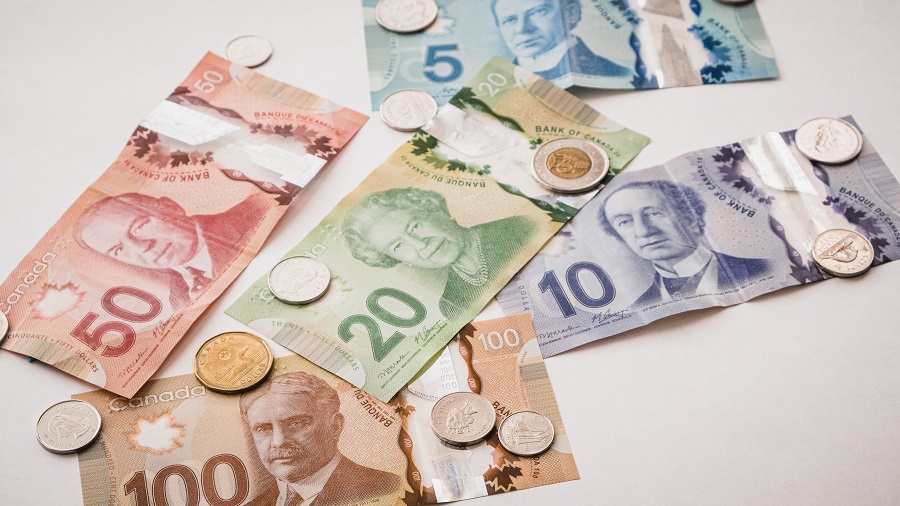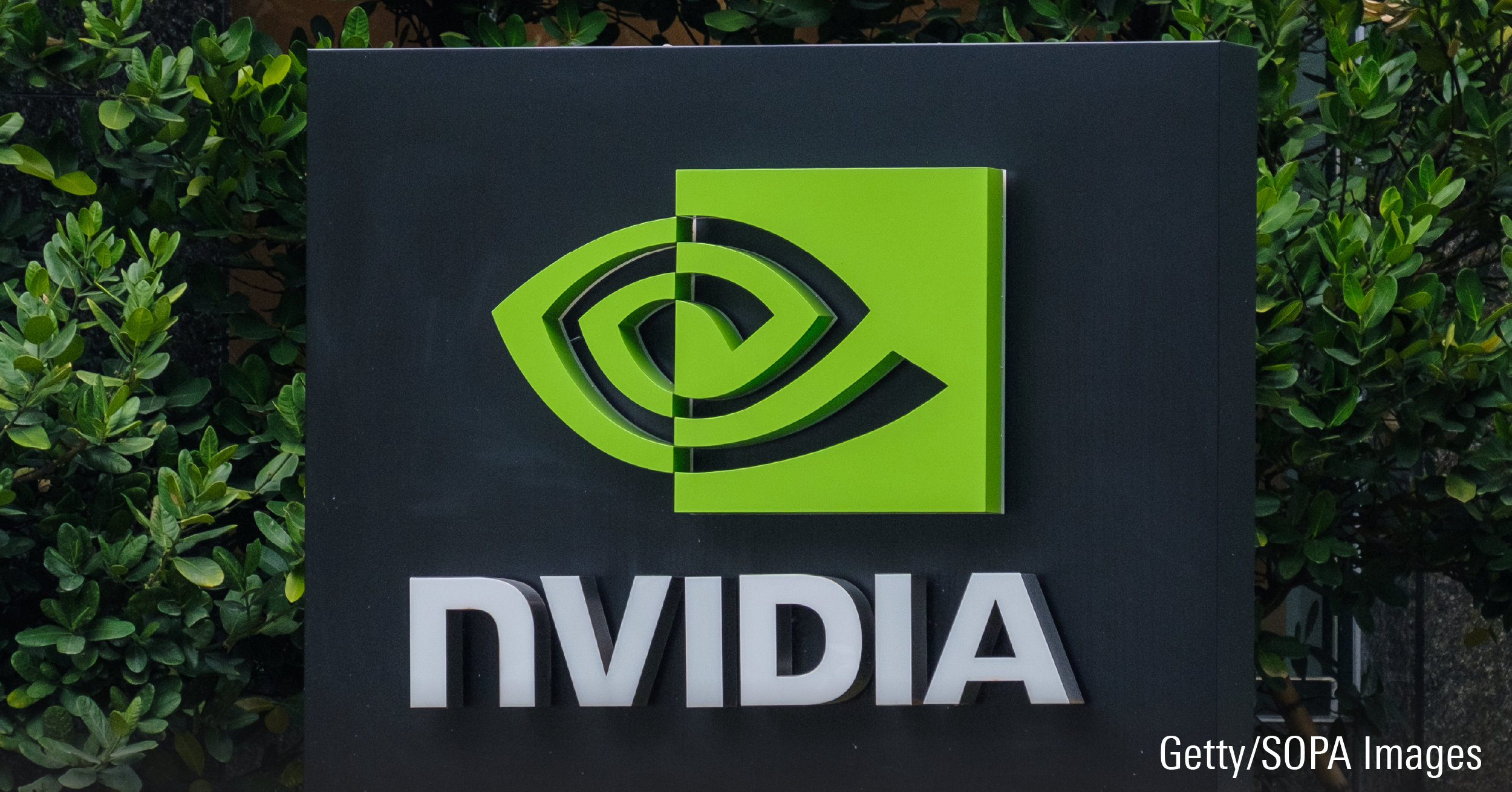Ruth Saldanha: Everyone loves a share buyback. As more and more companies announce buybacks, the tactic has become the target of criticism, taxation, and even government oversight. There's talk about banning buybacks as well. However, Adam Fleck, who is the Director of Research, Ratings and ESG for Morningstar Research Services, thinks the pushback misunderstands the issue. For some companies, repurchasing shares is actually the right choice. But for others, it's the exact wrong one. So, how can investors tell the difference? Adam is here today to talk about this.
Adam, thank you so much for being here today.
Adam Fleck: Of course. Thanks for having me.
Saldanha: Let's start by understanding the reasons behind the pushback. Why do buybacks get this much pushback?
Fleck: Yeah, I think there's a lot of concern in the marketplace about some of the short-termism that we see generally. There's concern that companies are short-changing employees, other shareholders and the economy at large by focusing on profit in the near term versus long-term investment. And I think as a result, investors question management and the board sometimes when they see buybacks being announced.
Long-Term, Stock Buybacks Don’t Boost Value for Investors
Saldanha: Investors really like buybacks, though. Even still, you find that over the long term, buybacks or repurchases don't really boost value. Can you explain that a little more?
Fleck: Yeah, absolutely. I think investors generally tend to like buybacks despite some of the pushback that we see. And that's because it's really, at the heart of it, a return of excess cash to shareholders. So, investors, of course, would rather have the cash that would otherwise be sitting on a company's balance sheet in their own pocket. Now, in many cases, investors are assuming that a company doing buybacks is out there, of course, buying back share, reducing its share count, and thereby propping up the value of the company per share and, of course, boosting metrics like earnings per share. But it's not always the case in the long run that that value per share will increase as a result of these repurchases.
There's an important part of the equation that I think a lot of investors miss, and that's the cash being used for the buyback is, of course, no longer part of the company value. So, as an example, if I was invested in a $100 million company with a 10 million outstanding share count, every share would be worth, simple math, $10 per share. If the company went out and did a $10 million share buyback, the company would now be worth $90 million, and the cash has left the company's door. Of course, it would only have 9 million shares out as it bought back the shares at $10 per share, but 90 over 9 is the same as 100 over 10, $10 per share. And in order to create long-term value, buybacks have to be done at a price below intrinsic value, what we call the fair value estimate. And many buybacks are done at the opposite, above fair value, and it ends up actually destroying value for shareholders. So, that's a really important consideration to make when thinking about the potential success of buybacks.
Going Ahead, Will We See More Stock Buybacks?
Saldanha: I'd like to talk a little bit more about this, but before that, buybacks have actually increased since the pandemic. Going ahead, do you see this trend going up or down? Do you see buybacks waning or increasing?
Fleck: Yeah, there's a few forces pushing and pulling here. On the one hand, business activity and profit appear to be slowing, which would reduce excess cash for businesses, of course, reducing the potential buyback amount. But on the other hand, higher interest rates also raise hurdle rates to justify internal project investment, which means that cash that might have otherwise gone to reinvestment or acquisition is now able to be returned to shareholders. So, in the end, I'm not sure exactly what direction they're going to go given those competing forces. I'm also not sure there's much point in trying to guess the overall level of buyback. I think many of these are done at value-neutral levels anyway, and with stocks rebounding sharply from their low level earlier this year and even last year, frankly, the relative attractiveness of buybacks is probably reduced too. So, I think it's important to remain focused on every individual company's decision, determining whether that firm is making the right call to take action. And that's probably more prudent than trying to, I think, guess the overall level of buybacks going forward.
When Does it Make Sense for a Company to Buyback Stock?
Saldanha: Let's talk about that a little more. In what instances does it make sense for a company and when is it good for a company to actually do a buyback?
Fleck: When there's truly excess cash at a company, it might make sense for that firm to do a buyback. If a company can't put it to good use elsewhere, probably better in the hands of investors to be able to reinvest in other parts of the economy or in other companies. Of course, companies can return cash to shareholders through either buybacks or dividends. There are some advantages to both, but for buybacks, there might be flexibility for the company, maybe some tax advantages for shareholders. But after considering all of that, if there really is excess cash, repurchases might be the best use of that cash.
Money Going into Stock Buybacks is Money Not Going into Growth and Expansion
Saldanha: We talked about this already a little bit, but can you explain how investors should make sense of the opportunity costs involved with share repurchases?
Fleck: Absolutely. Ultimately, buybacks are use of cash. It's similar to investing in a new business line or making an acquisition or paying off debt or any of the things the company can do with its cash. And it needs to be evaluated along the same measures, looking at things like return on investment, for instance, to put that in context with all the other opportunities that a company has. So, some of the metrics you can look at, I mentioned return on investment, certainly a company's debt to equity ratio, its capital expenditure as a percentage of sales, and importantly, comparing that to other industry competitors to understand where those metrics might be out of line might help to shed some light on where a company is pursuing buybacks potentially at the expense of long-term financial health.
How to Tell a Good Stock Buyback from a Bad One?
Saldanha: And how should investors recognize that? How should investors recognize when it's a bad buyback?
Fleck: Yeah. If buybacks are being done at the expense of running a business, it's probably ultimately going to be a bad buyback. It's true management and company board need to run firms and make decisions for its shareholders. Those are the owners of the business after all. But in order to run a company that is set up to compete over the long run, those decisions need to take into account all opportunities to create long-term value, not just short-term opportunities like, say, buyback shares sometimes can be. And firms that take on too much debt, we talked about the debt to equity ratio, firms that underinvest in their core business or that are maybe struggling to pay their employees a competitive wage will probably see their stock underperform in the long run regardless of how many shares they repurchase from here to there.
Bed Bath & Beyond is a great example. From March 2014 through February 2022, the firm had nearly $6 billion of cash available. They spent almost all of that, $5.4 billion, on share buybacks. And if they had reinvested in their core business instead, there were certainly challenges, but it might have been able to stem its falling revenue and operating earnings, but clearly management were adamant on returning that cash to shareholders, which is ultimately a very poor capital allocation decision.
What the ESG Impact of Stock Buybacks?
Saldanha: That's a great example. The last thing I'd like to understand is that do buybacks affect in any way a company's ESG credentials?
Fleck: Well, ultimately, I think buybacks are at their heart a governance issue, the G in ESG, right? And I think they need to be considered along the same long-term line and the same checks that we have for managing environmental and social issues. Ultimately, all of these, E, S and G, require an understanding of trade-offs, the consideration of management incentives, a measurement of financial materiality and broader stakeholder management. And those are hallmarks of analysis, ESG or otherwise. And for that reason, it's not surprising, I think, that heavy repurchase activity can be flagged by Sustainalytics in the ESG risk rating as a concern. And I think that governance lens is really critical to thinking about overall the capital allocation of the company. So, in that way, I think, yes, share repurchases can be damaging to a company's ESG profile, along with, of course, its overall investment profile.
Saldanha: Great. Thank you so much for joining us with your perspectives, Adam.
Fleck: Thanks for having me.
Saldanha: For Morningstar, I'm Ruth Saldanha.









:quality(80)/cloudfront-us-east-1.images.arcpublishing.com/morningstar/KWYKRGOPCBCE3PJQ5D4VRUVZNM.jpg)










